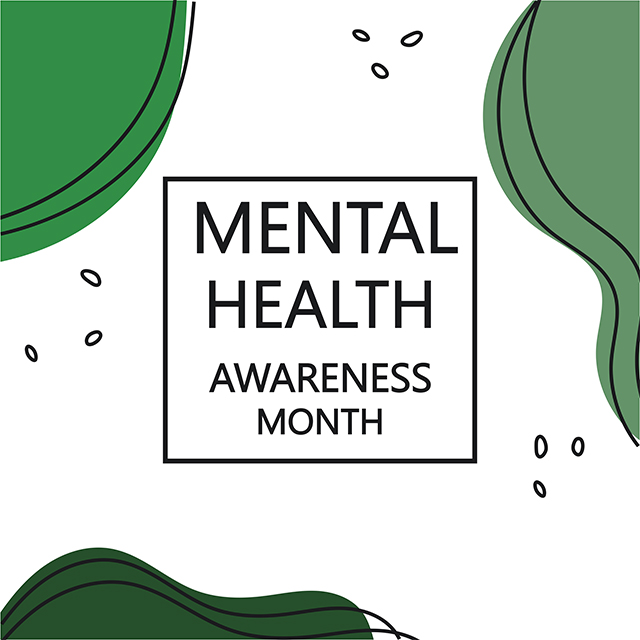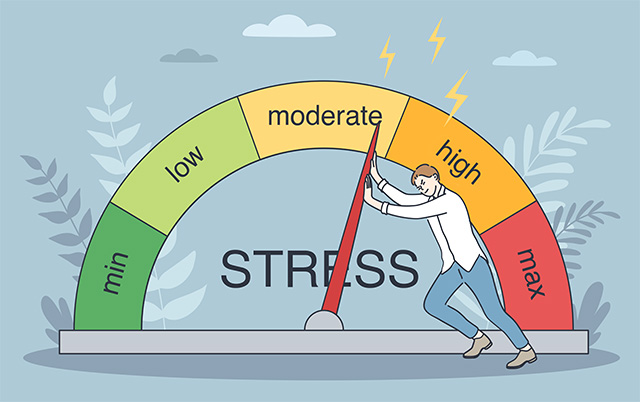As many employees are starting to return to the office after more than two years of working from home, the American workforce looks very different than it did pre-pandemic. As we pointed out in one of our recent posts, Americans today are more stressed than ever. Finances and concerns about work are at the top of the list.
Employees are also clear that they do not want things to go back to a pre-pandemic normal when it comes to work. Nearly half (44%) of workers say they want to work remotely three days a week or more post-pandemic. More employees than ever report they are willing to leave their jobs to maintain this flexibility rather then return to the office.
In response to this, companies are enlisting the help of psychologists as they develop plans to bring employees back to the office and retain them in their workforce. A shift towards valuing the work/life balance and mental health of employees is on everyone’s mind. Although important in theory, how do employers put into practice placing value on mental wellness?
We aim to suggest a few key ways that this can be accomplished.
Continue reading →





